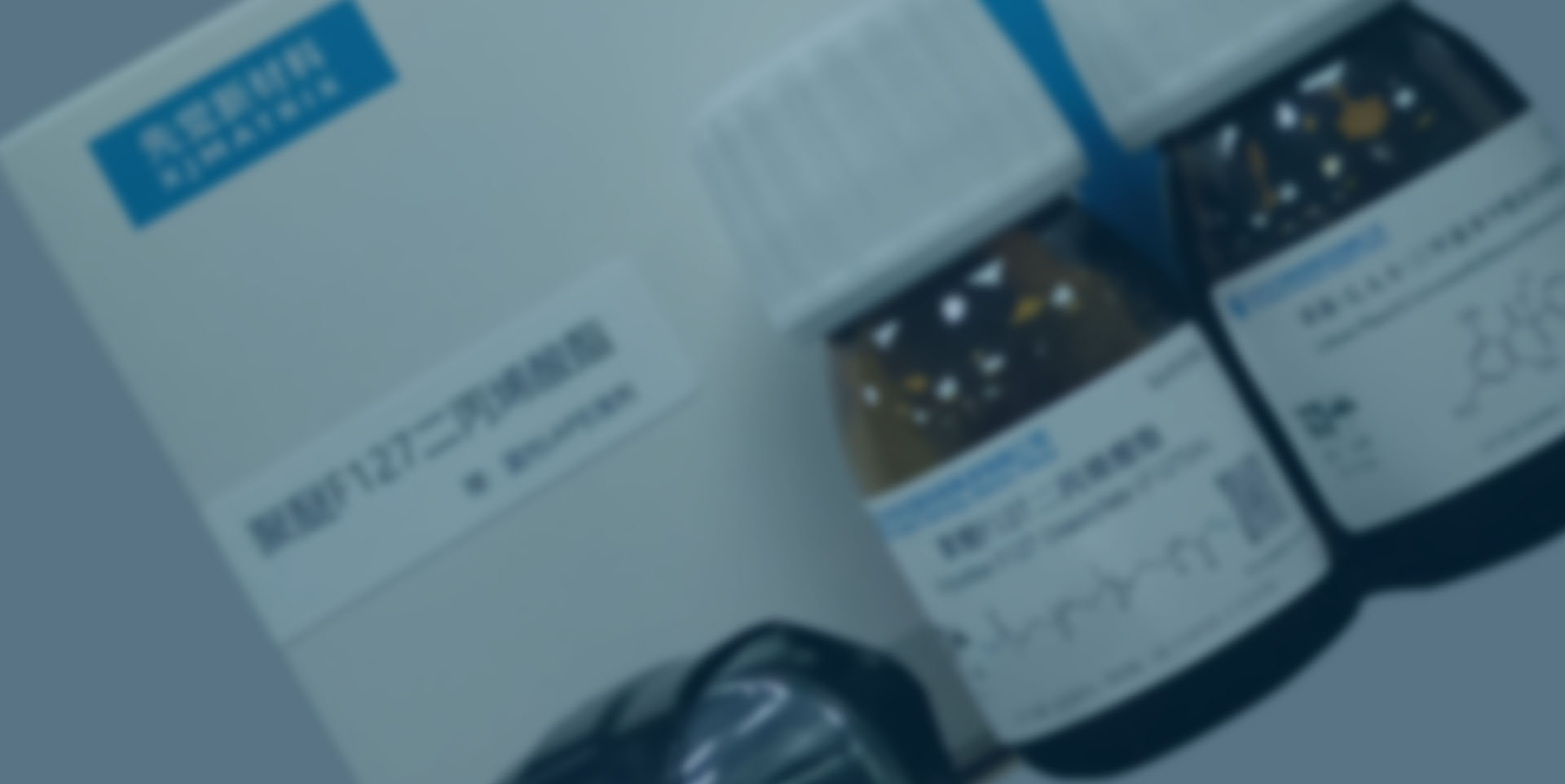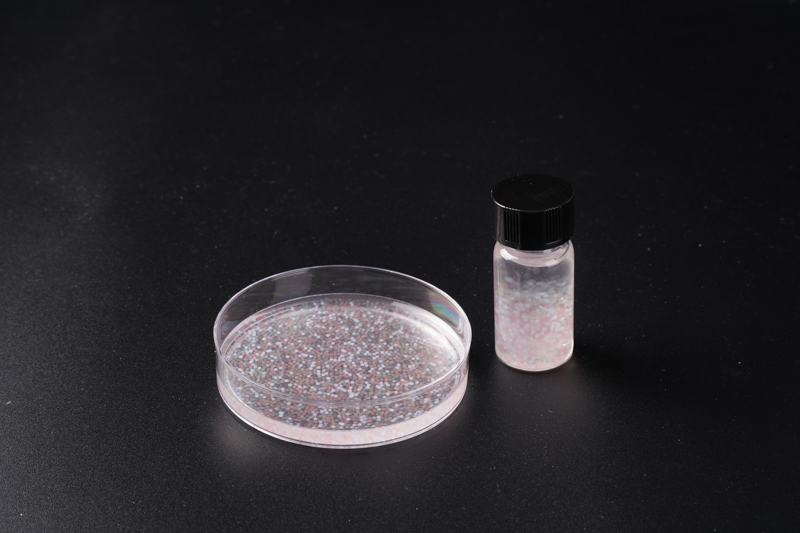Material Sterilization Recommendations:
Method 1: Sterilization by UV lamp irradiation
The flat, non-stacked microspheres were irradiated for 1-2 h under a UV lamp on an ultra-clean table;
Method 2: Sterilization by 75% ethanol
1. Soak the microspheres in 75% ethanol for 30-60 min. 2;
2. Discard the ethanol in a sterile environment and wash 3 times with 1×PBS for 20-30 min each time.
Cell culture recommendations:
1. transfer sterile microspheres to sterile well plates;
2. add culture medium to the well plate to submerge the microspheres, and place it in the incubator at 37℃ for 15-30 min, so that the microspheres can be fully solubilized and equilibrated, and then aspirate the culture medium;
3. Add the cell suspension into the well plate for culture. According to the experimental design for medium replacement, observation and photography and other operations;
4. Our company is only responsible for the quality control of the material itself, but not for the subsequent additional biological experiments and other results not related to the quality control of the material itself.
Examples:
1. 3D culture effect of hydrogel microspheres
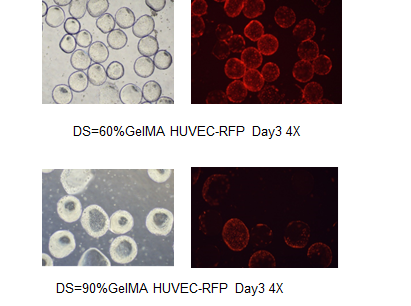
2. Electron microscopy of microspheres by the emulsion method

3. Morphology and particle size analysis of hydrogel microspheres by microfluidic method
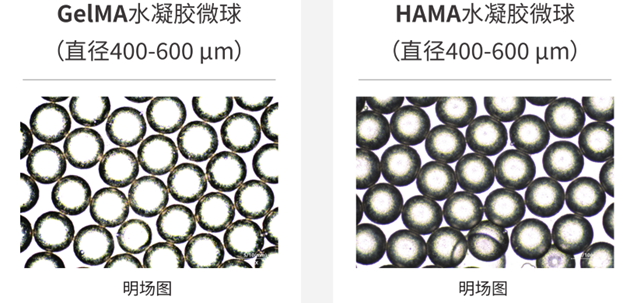
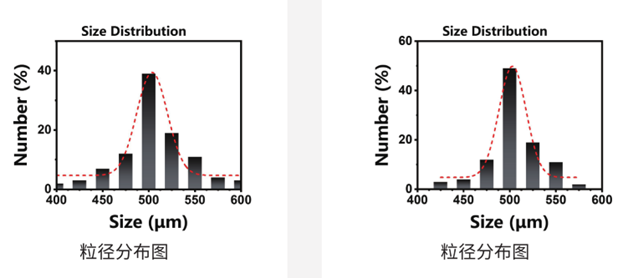
Precautions:
Change the liquid and staining process should be done gently in order to avoid external force that may cause the cells to be dislodged.
Storage and Transportation:
Dry state: 4°C, 18 months; -20°C, 24 months; -80°C, 24 months. Sterile wet: 4°C for 30 days. Can be transported at room temperature.
See package for production date:
Suzhou Xianjue New Material Technology Co.
Tel: 18068408145
Address: No.1360, Jinji Lake Avenue, Suzhou, China.


